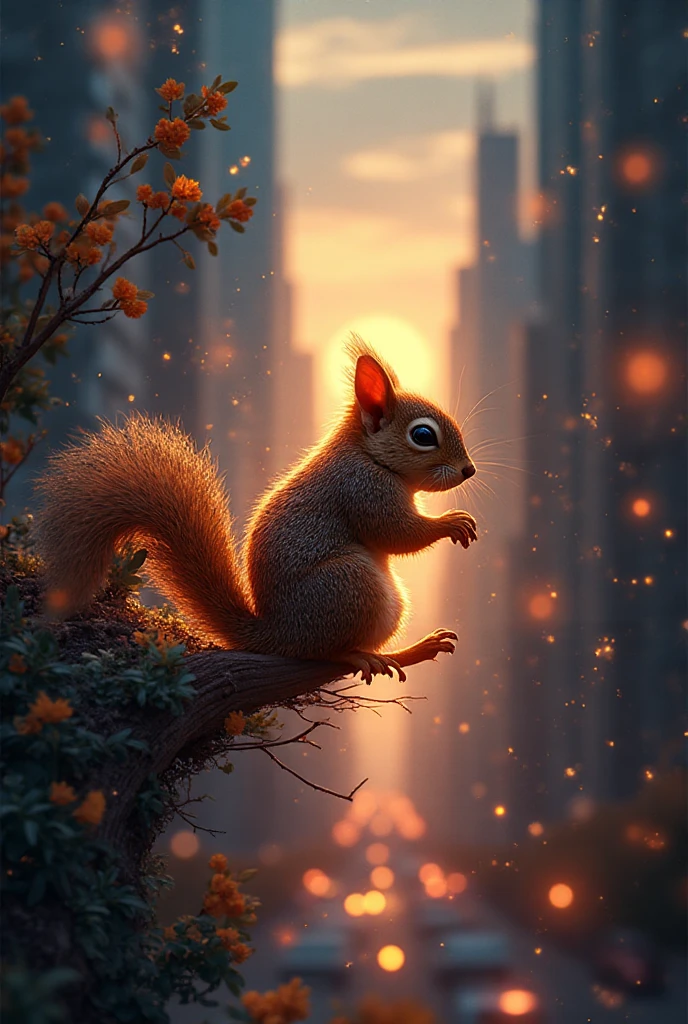Stable Diffusion Prompt: Imagine, you're walking down a familiar street in your neighborhood

Prompt:
Tags:
- Animal
- Fantasy
- Product Design
- model westernrealism
You Might Also Be Interested In
AI Image Generator
Generate images effortlessly from your text prompts. Use any available model or upload your own, with full control over parameters like ControlNet and LoRA for a tailored creative experience.
Stable Diffusion Prompts
Find the best Stable Diffusion prompts to inspire your creativity.
Stable Diffusion 3.5 Large
Stable Diffusion 3.5 Large is an 8-billion-parameter model delivering high-quality, prompt-adherent images up to 1 megapixel, customizable for professional use on consumer hardware.
Stable Diffusion 3.5 Large Turbo
Stable Diffusion 3.5 Large Turbo is a fast, high-quality AI image generator that delivers exceptional prompt adherence in just four steps, optimized for consumer hardware.
Stable Diffusion 3 Medium
Stable Diffusion 3 Medium makes it easy to create high-quality images from text prompts.
Stable Diffusion Web UI
A web interface with the Stable Diffusion AI model to create stunning AI art online.